deepfake technology - Deepfake Tech Exploration
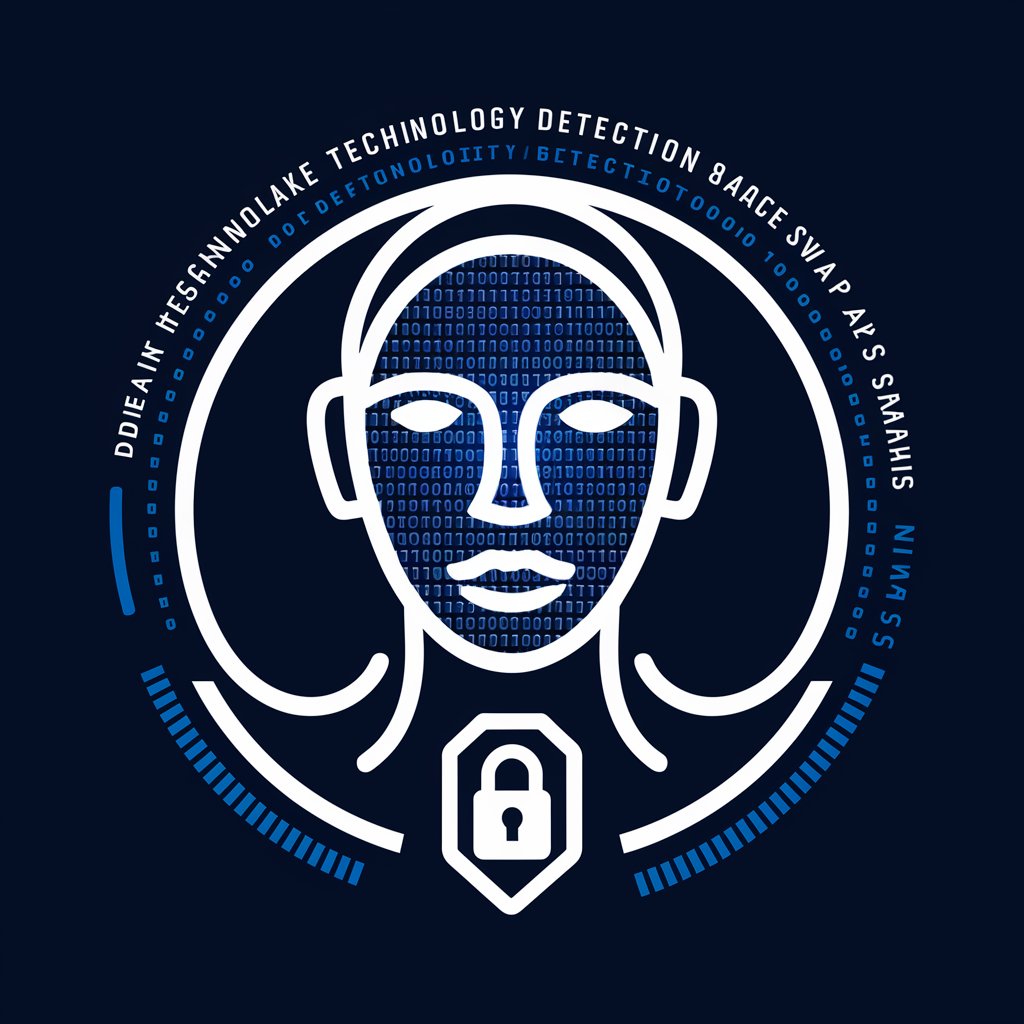
Welcome to your deepfake detective assistant!
Empowering Creativity with AI
Explain how deepfake detection algorithms work...
What are the ethical considerations in using deepfake technology...
Guide me through the process of implementing a face swapping algorithm...
Provide an overview of the latest research in deepfake technology...
Get Embed Code
Introduction to Deepfake Technology
Deepfake technology refers to sophisticated AI and machine learning techniques that can manipulate or generate visual and audio content with a high degree of realism. At its core, deepfake technology is designed to create or alter video and audio recordings to present something that didn't actually occur. This is achieved through algorithms like deep learning and generative adversarial networks (GANs), which learn from a vast dataset of real images, videos, and sounds to produce convincing fakes. Examples of deepfake technology include altering a video to make it appear as though a public figure is saying something they never said, or superimposing one person's face onto another's body in a video. These capabilities initially gained attention for their potential misuse, but they also have legitimate applications in entertainment, education, and content creation. Powered by ChatGPT-4o。

Main Functions of Deepfake Technology
Content Creation and Modification
Example
Generating realistic characters for movies or video games
Scenario
In the film industry, deepfake technology is used to de-age actors, bring deceased actors back to screen, or substitute stunt doubles seamlessly. For instance, creating a younger version of an actor for a flashback scene without needing complex makeup or digital effects.
Voice Synthesis and Audio Deepfakes
Example
Creating personalized audio content or dubbing in different languages
Scenario
Deepfake audio technology allows for the generation of voiceovers in various languages using a single original audio recording, enabling filmmakers to create multilingual versions of movies or series without requiring the original actors to speak those languages.
Educational Purposes
Example
Simulating historical speeches with accurate visuals and audio
Scenario
In educational settings, deepfake technology can recreate historical events or speeches by synthesizing the appearances and voices of historical figures, thus providing a more immersive learning experience.
Personalized Content Generation
Example
Creating personalized video messages or greetings
Scenario
Companies use deepfake technology to offer services that allow users to create personalized video messages from celebrities or fictional characters, enhancing customer engagement and personalization.
Ideal Users of Deepfake Technology Services
Content Creators and Filmmakers
These users benefit from deepfake technology by enhancing their storytelling capabilities, creating visually compelling content without the constraints of physical realities, such as actor availability or age.
Educational Institutions and Instructors
Educators can use deepfake technology to create engaging and immersive learning materials that bring historical figures to life or simulate complex scientific phenomena.
Marketing and Advertising Agencies
These groups leverage deepfake technology to produce innovative and highly personalized advertising campaigns, increasing engagement and potential conversion rates.
Language and Dubbing Services
Companies specializing in multilingual content benefit from deepfake technology by using it to produce accurate and natural-sounding dubbing and voiceovers for a variety of content, making it accessible to a wider audience.

Using Deepfake Technology: A Simple Guide
1
Initiate your deepfake journey by visiting yeschat.ai for a hassle-free trial, offering access without the need for signup or a premium subscription.
2
Select a deepfake generation tool from the website that matches your needs—whether for educational, entertainment, or content creation purposes.
3
Prepare your source material, which typically includes video clips or images for the face you wish to mimic and the target onto which the face will be mapped.
4
Use the tool to upload your source material, then adjust settings such as the level of resemblance and output quality to tailor the deepfake to your needs.
5
Review and finalize your deepfake. Utilize built-in editing tools for any necessary adjustments. Remember to follow ethical guidelines and obtain consent when appropriate.
Try other advanced and practical GPTs
Human Written News
Empowering insights with AI-powered news verification

Truth.ai
Discover the truth with AI
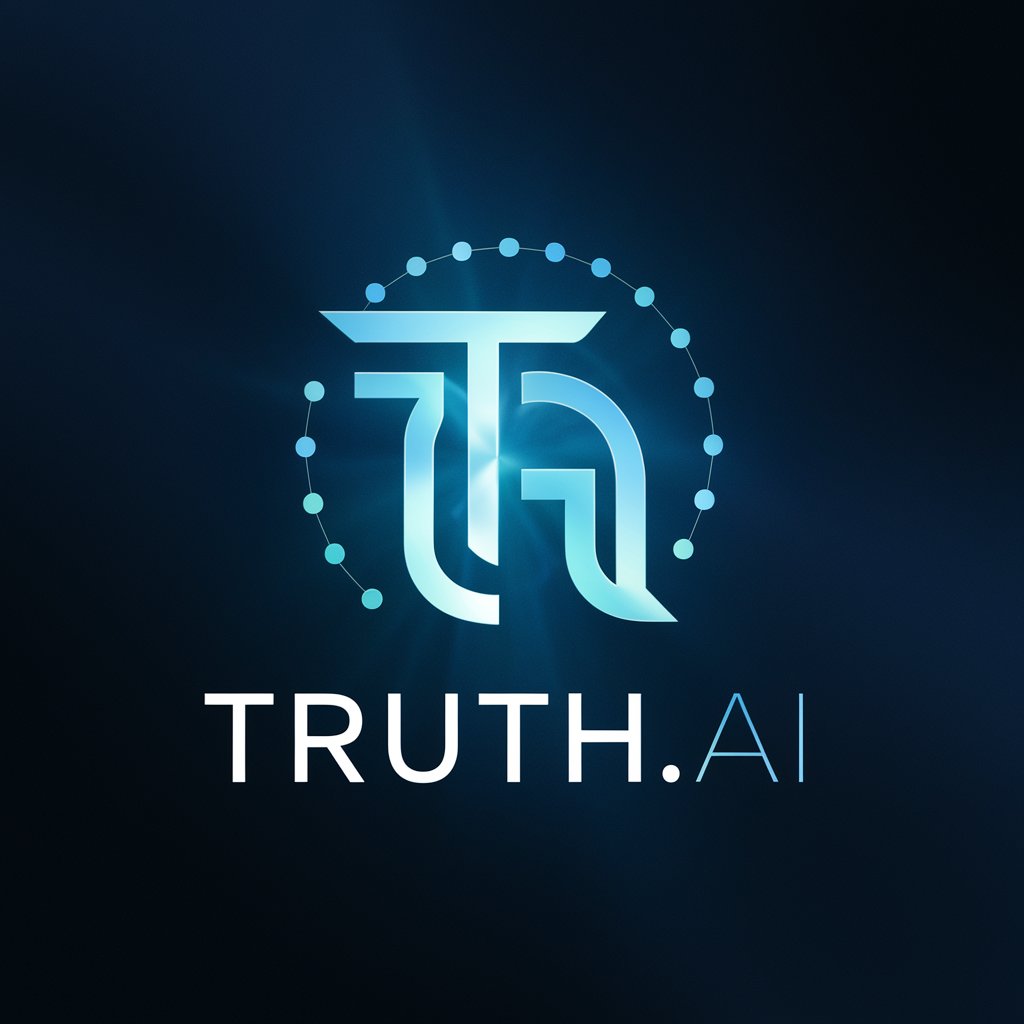
Deepfake Detective
Spot AI fakes with smart detection
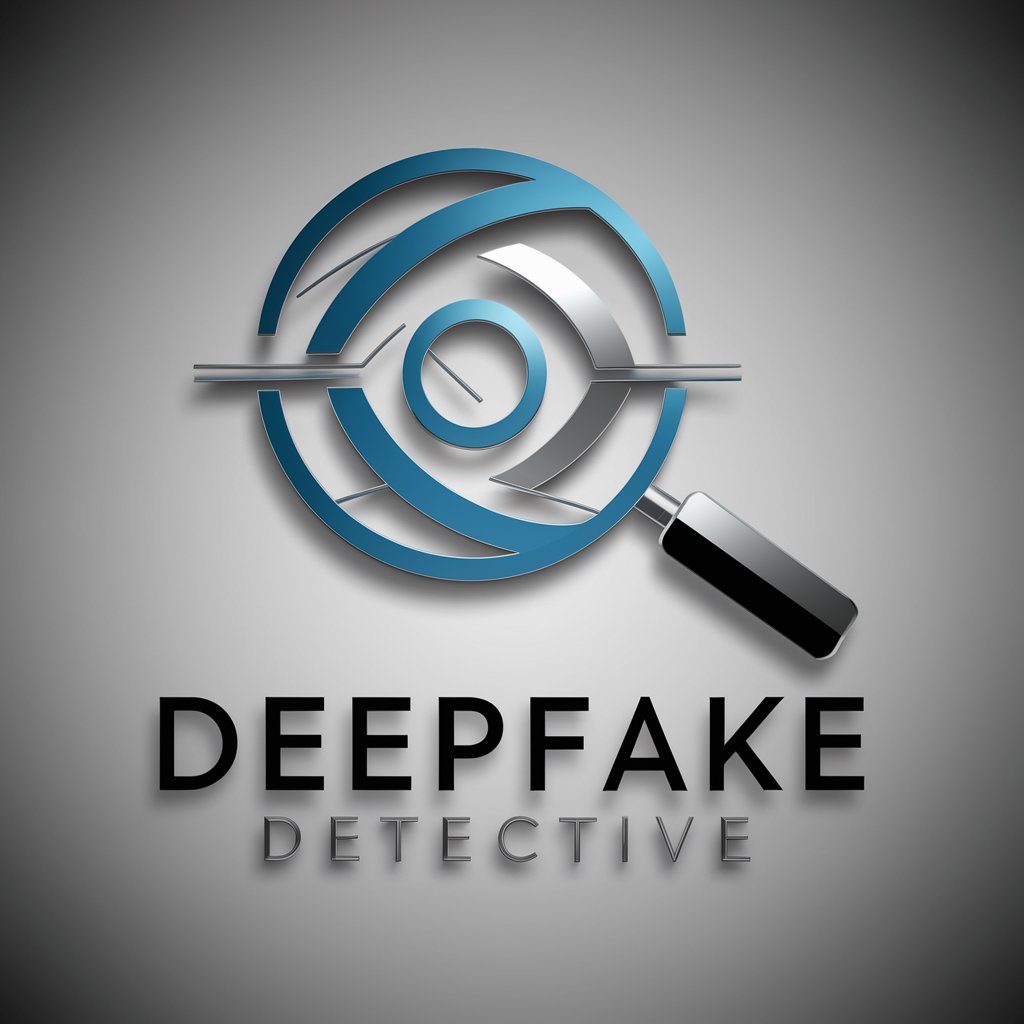
Cain
Design Smart, Accessible Websites with AI
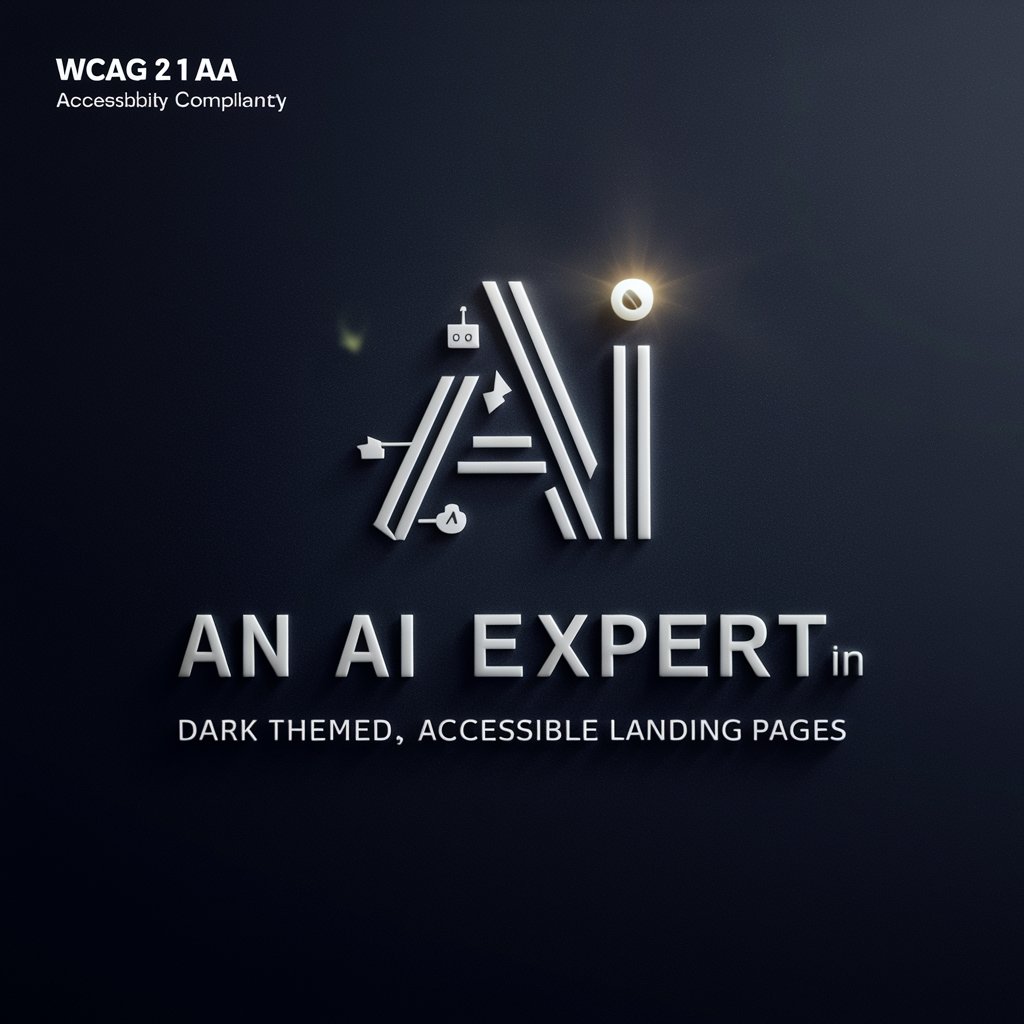
Cabin in the Woods GPT
Explore Solitary Cabin Life with AI

Cabin Crew Coach
Empowering Your Flight Attendant Career with AI

Deepfake Expert
Unlocking Deepfake Secrets Responsibly
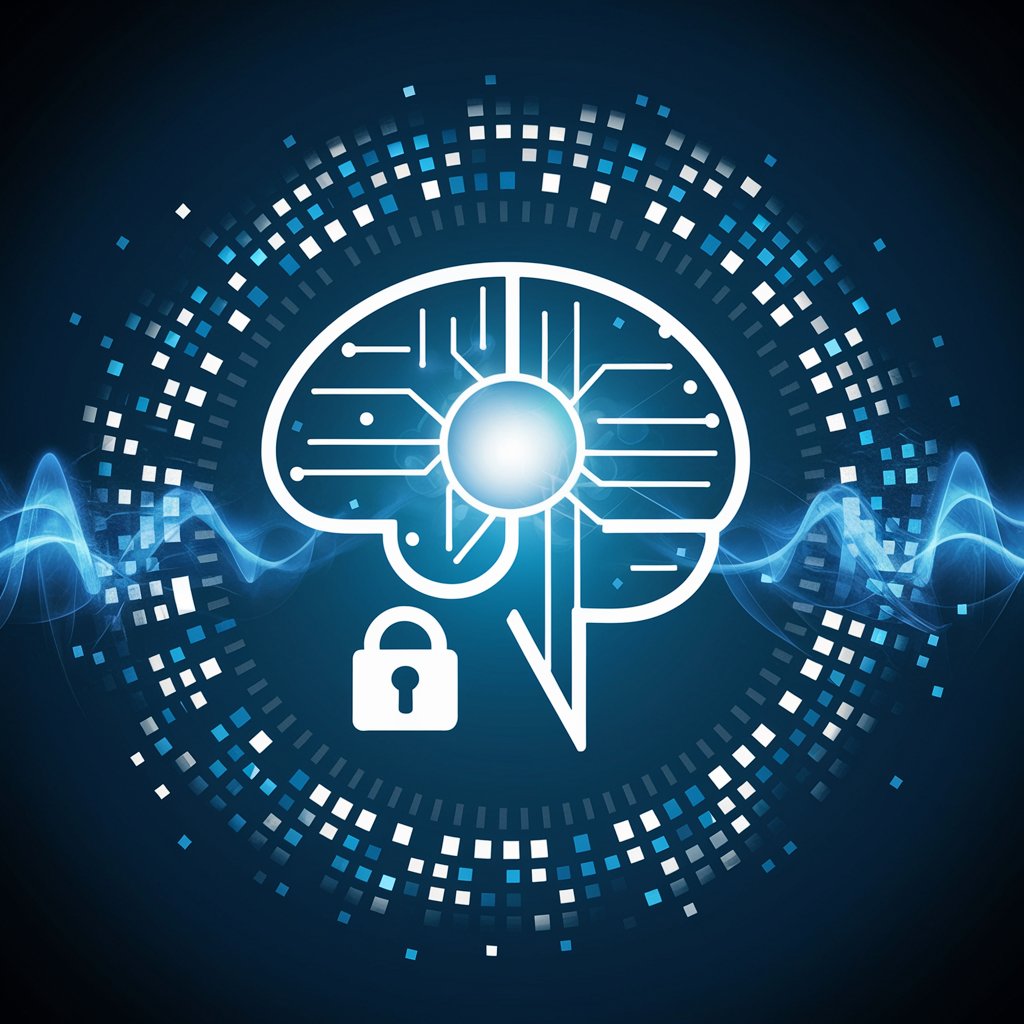
Deepfake Creator
AI-powered, seamless face swapping.
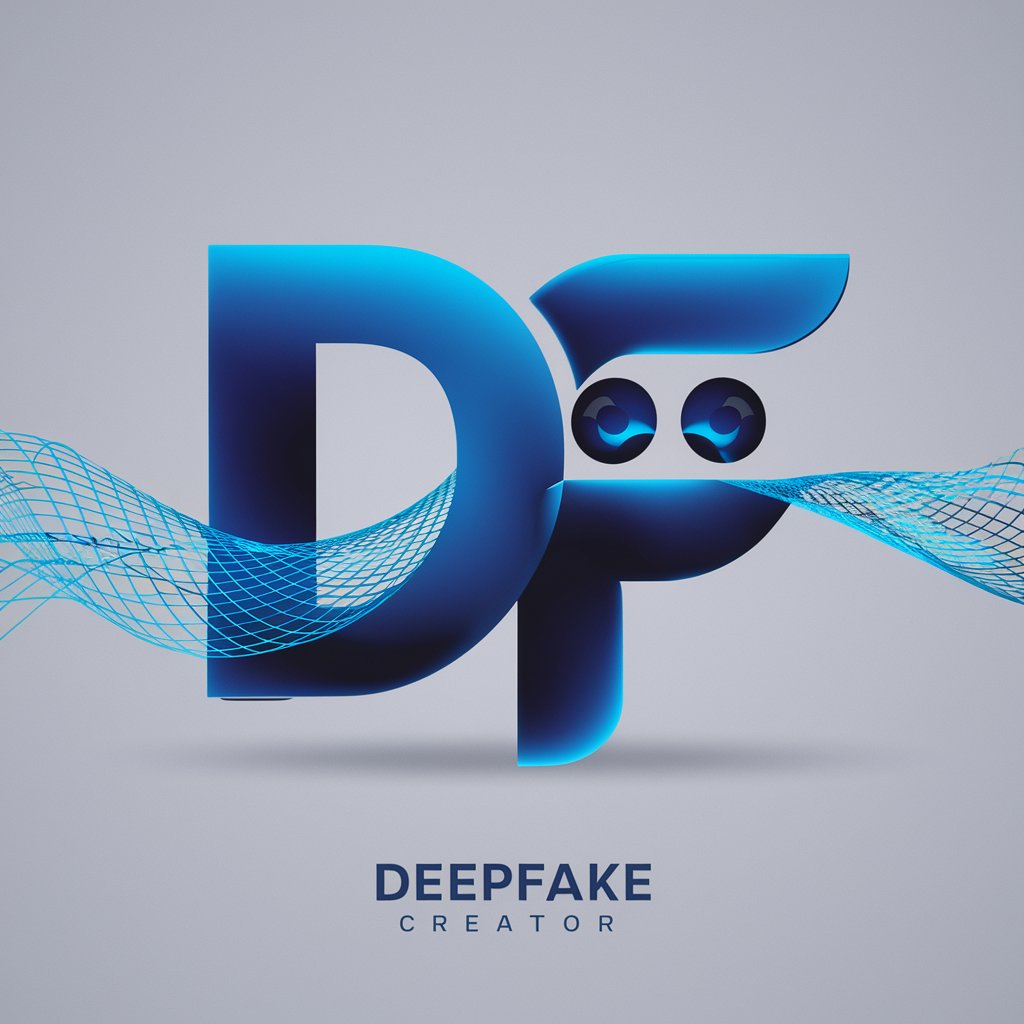
Letter Translator
Translate letters instantly with AI

Letter Wizard
Craft Letters Smartly with AI

Mom's Letter
AI-powered Maternal Advice

Letter Architect
Craft Your Path with AI

Deepfake Technology FAQs
What is deepfake technology?
Deepfake technology is a form of artificial intelligence used to create or alter video and image content, making it appear as though individuals are saying or doing things they never actually did. This is achieved through sophisticated machine learning and face mapping techniques.
How can deepfakes be detected?
Detecting deepfakes involves analyzing videos or images for inconsistencies such as irregular blinking patterns, unnatural movements or distortions, and inconsistencies in audio-visual synchronization. Advanced AI detection tools also exist, which are trained to spot differences invisible to the human eye.
Are there ethical concerns with deepfakes?
Yes, deepfakes raise significant ethical concerns, including potential misuse for disinformation, fraud, and violation of privacy and consent. Ethical use requires transparency about the content's nature and respect for individuals' rights.
Can deepfake technology be used positively?
Absolutely, deepfakes have potential for positive applications, including in filmmaking, gaming, virtual reality, and restoring or preserving historical footage. When used responsibly, they can enhance creativity and learning.
What are the technical requirements for creating deepfakes?
Creating high-quality deepfakes requires a powerful computer with a high-performance GPU, large datasets of facial images for training the AI, and specialized software or platforms that facilitate the deepfake creation process.
